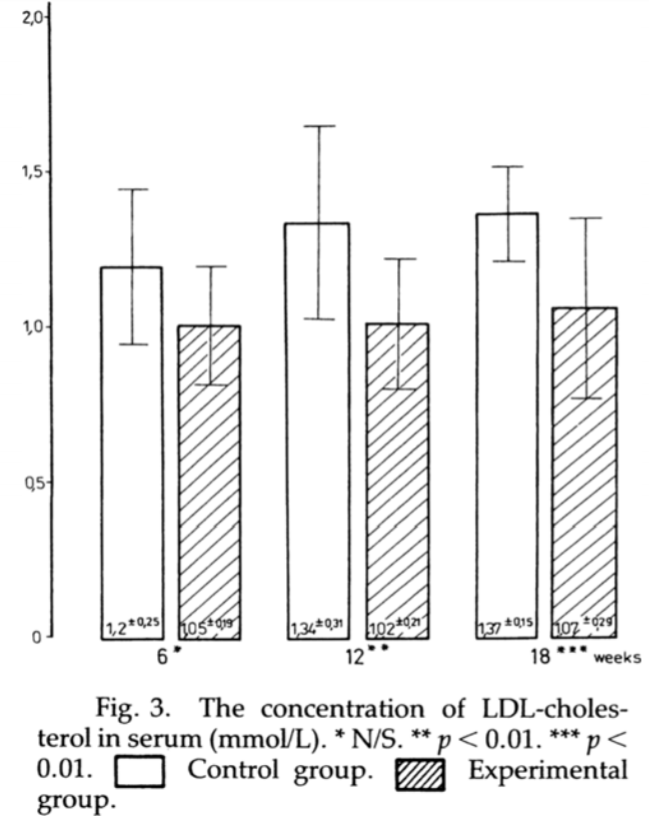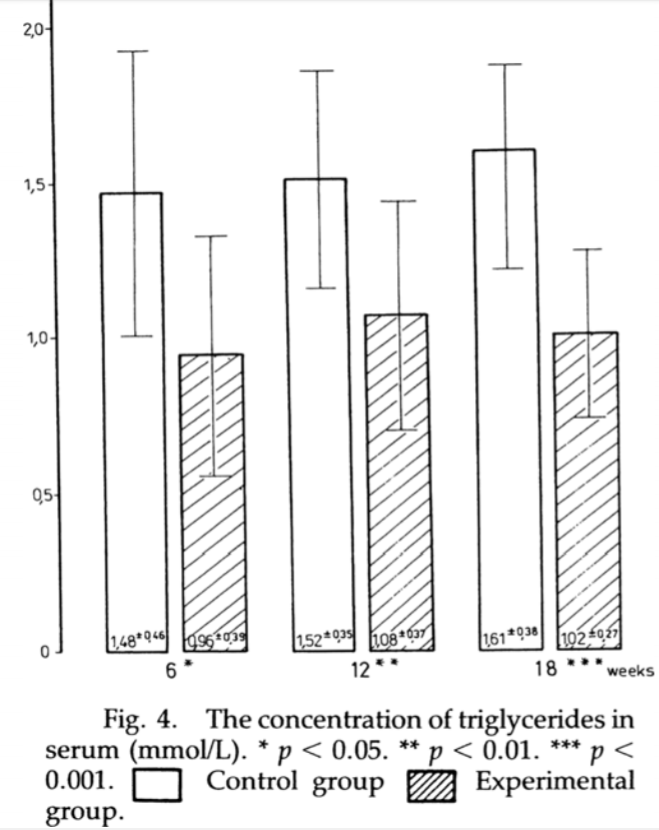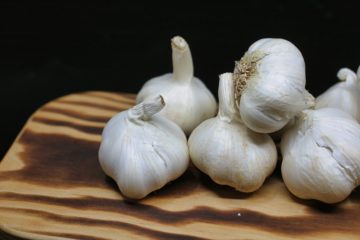Silica is actually the second most abundant mineral in the Earth’s crust after oxygen, making up 27.7% of it. Yet, most people know relatively little about this element and the roles that it plays in the human body. While silica plays many roles in the human body as an essential trace mineral – such as bone mineralization, collagen and cartilage formation, and hair and nail growth – this article will be focused on probably the most important role that silica plays a part in: the risk of cardiovascular diseases.
(Note: in this article, I will use the terms silica and silicon synonymously)
Silica was first shown to be an essential trace element for normal growth in multiple species back in the 1970’s. (1) All the way back in 1956, there were correlations being made between low silica in the blood and higher rates of arterial calcification and atheromas (arterial plaque). (2) Furthermore, there were reports that silica injections benefitted patients with high blood pressure. (2)
Later in 1979, this finding was confirmed experimentally in a rabbit model. The scientists found that when silica was given to rabbits either intravenously or by mouth, it inhibited the formation of atheromas (arterial plaque) that were generated by plaque-inducing diets. (3) Furthermore, they found that the lipid deposits on the walls of the arteries were more superficial, which is a good thing as cardiovascular disease risk increases as the lipid deposits infiltrate into the arteries. The authors also noted that the elastic fibers in the walls of the arteries were also preserved in the silicon supplemented rabbit, whereas they deteriorated in the control group.inn
This means that silica helped to preserve the functional collagen and elastin in the inner arterial wall (the tunica intima) and thus prevent lipids and cholesterol from breaking through and wreaking havoc on the arteries.
Based on this exciting finding, another group of researchers followed up on the “antiatheromatous action” of silicon in rats in 1991. Compared to the control diet, the rats that got extra silicon in their water had a decrease in LDL (the “bad” cholesterol) and an increase in HDL (the “good”) cholesterol. The rats also had a pronounced drop in triglyceride levels. (4) These are shown in the graphs below.
Images from Najda et. al., 1991
Lastly, in 2011 there was another study in which the researchers studied the effects of silica on spontaneously hypertensive rats. (5) These are rats that will usually develop high blood pressure, even with a normal diet. The researchers found that when they gave the rats extra silica, their systolic blood pressure was reduced by 17-18 mm Hg. In fact, even when they fed the rats “coral sand”, which is made up of silica, their blood pressure dropped by 16 mm Hg. Moreover, the extra silica allowed the magnesium uptake by smooth muscle cells (the type of muscle in arteries) to increase by 177%. Magnesium helps to relax blood vessels. The silica treatments also suppressed angiotensinogen, a hormone that tends to raise blood pressure and increase fluid retention, as well as activated anti-inflammatory receptors. The authors concluded, “These findings suggest that Si reduces hypertension in SHR [spontaneously hypertensive rats] by stimulating the intracellular Mg uptake and related gene expression in the aorta.”
How to Take Silica and What Type?
DIATOMACEOUS EARTH
While there are many different forms of silica available to purchase, the type that I personally use and usually direct others to use is Diatomaceous Earth. This is the fossil remains of small organisms called diatoms, whose shell contains over 80% silica.
The reason I choose this type of silica is because there is actually a human study showing the effectiveness of DE (Diatomaceous Earth) for lowering cholesterol:
In 1998, Wachter et. al. gave 19 healthy people with a history of moderately high cholesterol 250 mg of DE three times per day for two months. Unfortunately, there was no control group, but they were able to compare their values to the starting values.
After 6-8 weeks, total cholesterol dropped by 13.2%, LDL significantly decreased, and triglycerides significantly decreased. The most interesting part is that after DE was stopped for four weeks after the study, these changes still remained significant and the increase in HDL became significant. (6)
This is even more interesting considering the dose they used. At 1/4 of a gram, the dose they used in this study exceptionally small compared to what many users take: 0.5 – 2 Tablespoons a day!
Many users have reported large decreases in cholesterol and blood pressure numbers after taking DE for some time. Because of this, be very cautious about taking DE if you are on medications that already help to lower your blood pressure or cholesterol, as the combination can make your numbers go too low.
One last note about DE: make sure you ONLY get food grade. There is another grade used for cleaning pools. It is also an insecticide, but it works through physical, not chemical, means, and food-grade is entirely safe for human consumption. Lastly, ALL silica particles irritate and are bad for the lungs. DO NOT BREATHE IN ANY DIATOMACEOUS EARTH!
You can get my preferred brand of DE on amazon. If you use this link to buy it, you will be helping to support this website at NO extra cost to you, as I am an Amazon affiliate.
INOSITOL-STABILIZED ARGININE SILICATE
If you do not want to take Diatomaceous Earth, there are still other forms of silica available. The most interesting, in my opinion, is the new inositol-stabilized arginine silicate. (7) While there is research to show that this supplement is effective at raising both silica and arginine concentrations (arginine can have additional beneficial effects for cardiovascular disease), it is still fairly new, and thus there hasn’t been any direct research to see if it lowers high blood pressure or cholesterol over time. It has been shown to effectively raise plasma levels of arginine and silica, though. (8) Nevertheless, I would still have more faith in DE lowering high blood pressure than Inositol-stabilized arginine silicate, but if you want to try it (especially as a pre-workout), the one below is what I would recommend:
SILICA FROM RED ALGAE
If you want a pure silica pill, I would recommend silica from red algae. Many products you’ll see online use silica from horsetail. While horsetail does contain a lot of silica, it also contains an enzyme that can deplete thiamine, vitamin b1, in your body. As a result, you can experience nervousness, anxiety, and other neurological symptoms. The product that I would recommend then is Solgar – Oceanic Silica:
Please let me know if you have any questions or comments in the comment section below! Also, please share this article with someone who you feel can benefit from this information!
References
- Carlisle EM. Silicon: an essential element for the chick. Science. 1972 Nov 10;178(4061):619-21. PubMed PMID: 5086395.
- BOISSIER J, LOEPER J, POLET C. [Silica in blood and arterial calcification]. Bull Acad Natl Med. 1956 Jun 10-Jul 26;140(21-23):394-7. French. PubMed PMID: 13364476.
- Loeper J, Goy-Loeper J, Rozensztajn L, Fragny M. The antiatheromatous action of silicon. Atherosclerosis. 1979 Aug;33(4):397-408. PubMed PMID: 508383.
- Najda J, Gminski J, Drozdz M, Flak A. The effect of silicon (Si) on lipid parameters in blood serum and arterial wall. Biol Trace Elem Res. 1991 Dec;31(3):235-47. PubMed PMID: 1723614.
- Maehira F, Motomura K, Ishimine N, Miyagi I, Eguchi Y, Teruya S. Soluble silica and coral sand suppress high blood pressure and improve the related aortic gene expressions in spontaneously hypertensive rats. Nutr Res. 2011 Feb;31(2):147-56. doi: 10.1016/j.nutres.2010.12.002. PubMed PMID: 21419319.
- Wachter H, Lechleitner M, Artner-Dworzak E, Hausen A, Jarosch E, Widner B, Patsch J, Pfeiffer K, Fuchs D. Diatomaceous earth lowers blood cholesterol concentrations. Eur J Med Res. 1998 Apr 8;3(4):211-5. PubMed PMID: 9533930.
- Rood-Ojalvo, S., Sandler, D., Veledar, E., & Komorowski, J. (2015). The benefits of inositol-stabilized arginine silicate as a workout ingredient. Journal of the International Society of Sports Nutrition, 12(S1). https://doi.org/10.1186/1550-2783-12-s1-p14
- Kalman DS, Feldman S, Samson A, Krieger DR. A clinical evaluation to determine the safety, pharmacokinetics, and pharmacodynamics of an inositol-stabilized arginine silicate dietary supplement in healthy adult males. Clin Pharmacol. 2015;7:103–109. Published 2015 Oct 7. doi:10.2147/CPAA.S84206





